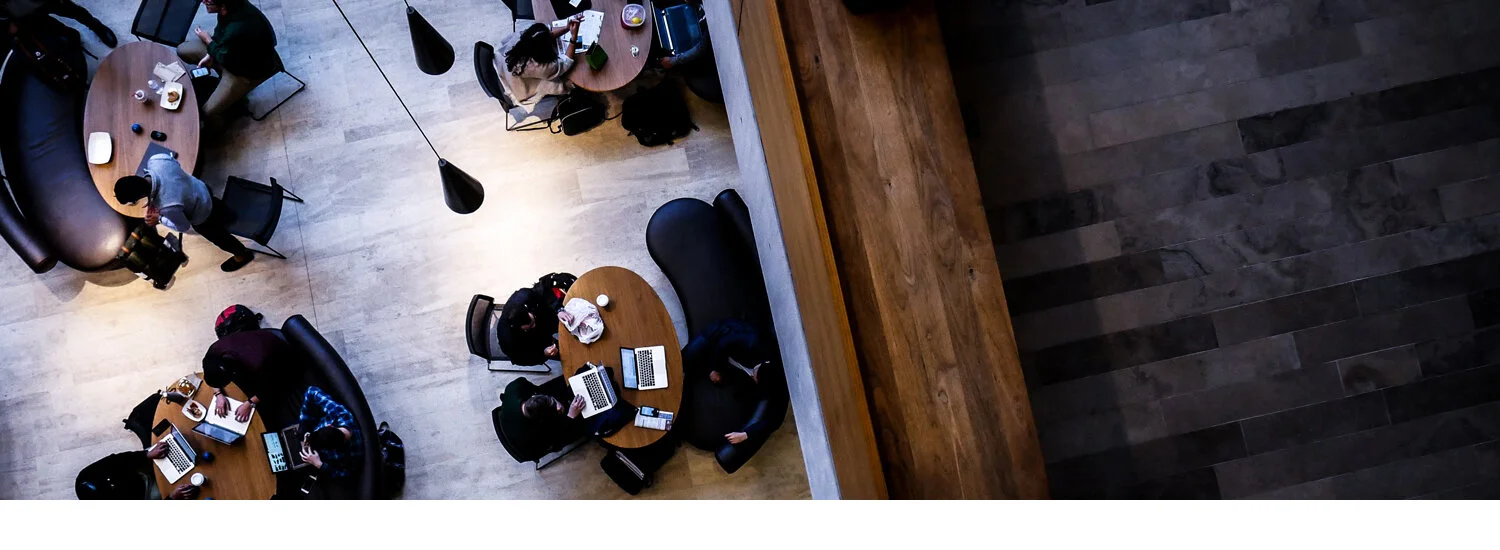Do You Understand the Cost of Your Education?
/According to Forbes, public universities receiving less financial assistance from their states are not turning towards tuition increases to supplement the decline in funding. Universities have been researching how to cut down on expenses while examining their tuition structures and utilizing financial aid.
Considering inflation, the costs of higher education have remained the same over the past 20 years. However, as education funding has decreased, prices have increased for students and their families. This is a direct result of a tax increase for students and their families. States have chosen to tax the families instead of the entire state in the hopes of better-funded colleges and universities.
Several factors are coming into play as universities attempt to decrease their expenses while maintaining their costs. These factors include the following:
The financial burden brought on by the pandemic. Many families have less to spend, and the education quality isn’t as much of a concern as the cost. Cost is the primary driver in their decision-making.
The diversification amongst college demographics. This includes the increase amongst non-traditional students, veterans, returning students, transfers, and hybrid students. A more traditional undergraduate student is increasingly mobile and more likely to attend schools farther from home.
“Increased regulation and requirements for compliance, increased oversight at the state and federal levels, and increased expectations of even sense of entitlement by state legislatures and higher education coordinating boards, even as they continue to reduce support to public universities."
The closing gap between private and public schools.
Public universities have two target audiences - the state and the public. While there is some overlap with messaging and marketing, the overall strategies are not the same. Overall, the families and students are most concerned with their costs rather than state support.
To shift the conversation, we need to understand what these educational institutions are to their states; the following issues need to be addressed:
“Sticker price vs. actual cost”
“Value proposition and ROI”
“Educational debt vs. lifestyle debt”
Overall, public higher education should not be viewed as a waste of resources, rather an excellent investment for students, families, states, and the communities. If you are interested in diving deeper into this subject, please review the Forbes article linked to this blog.

